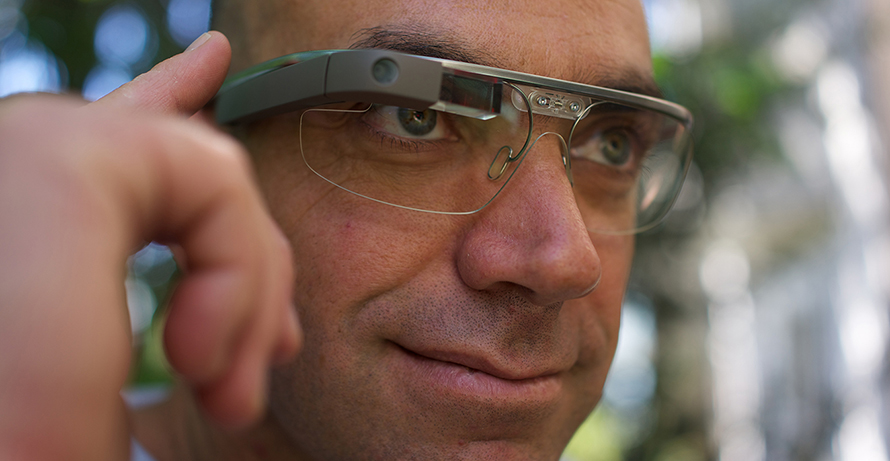The future of user experience isn’t constrained to a screen. Ubiquitous computing would become the next frontier with the pervasive incorporation of computing into human habitats — cars, home appliances, furniture, clothing, and so forth. We explore the possibilities of interaction design for the future.
Hari Nallan & Mohita Jaiswal - March 2021

The primary challenge would be to design a great user experience at both the level of an individual device and how it works within a unified system. This will require designers who can extend beyond their disciplinary silos, who understand the constraints and possibilities at the intersection of digital and physical.
Advent of AI minimizing the need for user interactions
Artificial Intelligence and interaction design both hold similar goals as they are designed to interpret human behavior and anticipate what someone will do next.
As the user begins to interact with the system, the assistance from the system needs to be maximum, to ensure that users develop an understanding of the same. As the amount of user interaction increases the system assistance needs to taper off. When system assistance is zero, that means that the user knows the system in and out.

With artificial intelligence, any user interaction becomes a data point for the system to process information, then apply changes to the model in ways that optimize it for future use. By continually learning and adjusting, the algorithm improves the user experience to offer a more engaging, personalized experience, with minimal need for user interactions.
The magnitude and accuracy with which AI can drive the experience cultivates trust between the user and the experience. This trust helps create habit forming behavior, whereby people will be internally and externally more motivated.
How can we address complex human behavior?
The context of devices has rapidly evolved in the last two decades, evolving the interactions of people as they appropriate technologies. This has led to developing of skills and concepts of users, allowing for an articulation of new needs, interests, expectations and visions for interactive technologies.

The implicit articulation of human needs, preferences and design visions as humans interact with interfaces becomes a feedback loop and cue to evolve the approach of interaction design. Artifacts designed in response, through the course of their adoption and appropriation, provide new possibilities of action and interactions.
Ultimately, this activity would articulate further human needs, preferences, and design visions. And determine what the future holds for us!




